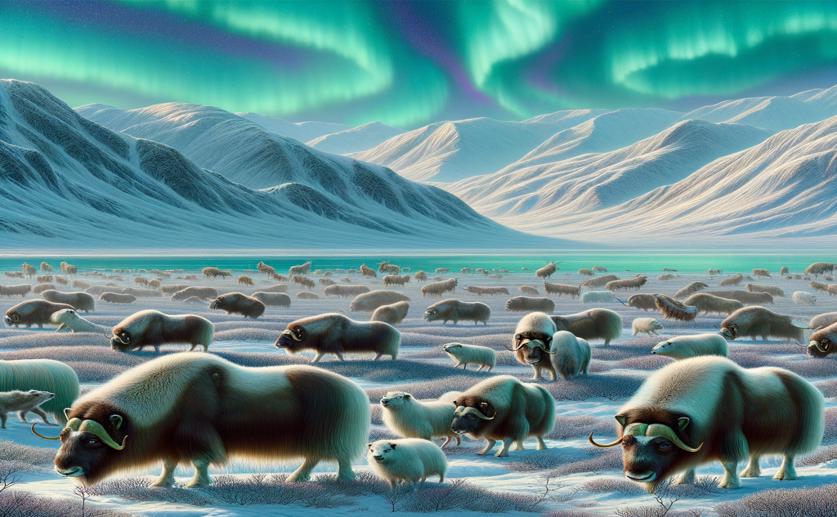
Link Between Energy Levels and Breeding Timing in Arctic Hoofed Animals
Jim Crocker
18th March, 2024

Image Source: Natural Science News, 2024
Key Findings
- In Norway, reindeer conception timing isn't strongly linked to body fat or weight
- Environmental cues and brain mechanisms, not just energy, influence reproductive timing
- This challenges the idea that climate-driven resource changes directly alter reproduction
EcologyAnimal ScienceEvolution
References
Main Study
1) Weak coupling between energetic status and the timing of reproduction in an Arctic ungulate.
Published 16th March, 2024
https://doi.org/10.1038/s41598-024-56550-z
Related Studies
2) Disorder or a new order: How climate change affects phenological variability.
3) The role of timing in intraspecific trait ecology.
4) Vertebrate Phenological Plasticity: From Molecular Mechanisms to Ecological and Evolutionary Implications.



 7th March, 2024 | Jenn Hoskins
7th March, 2024 | Jenn Hoskins